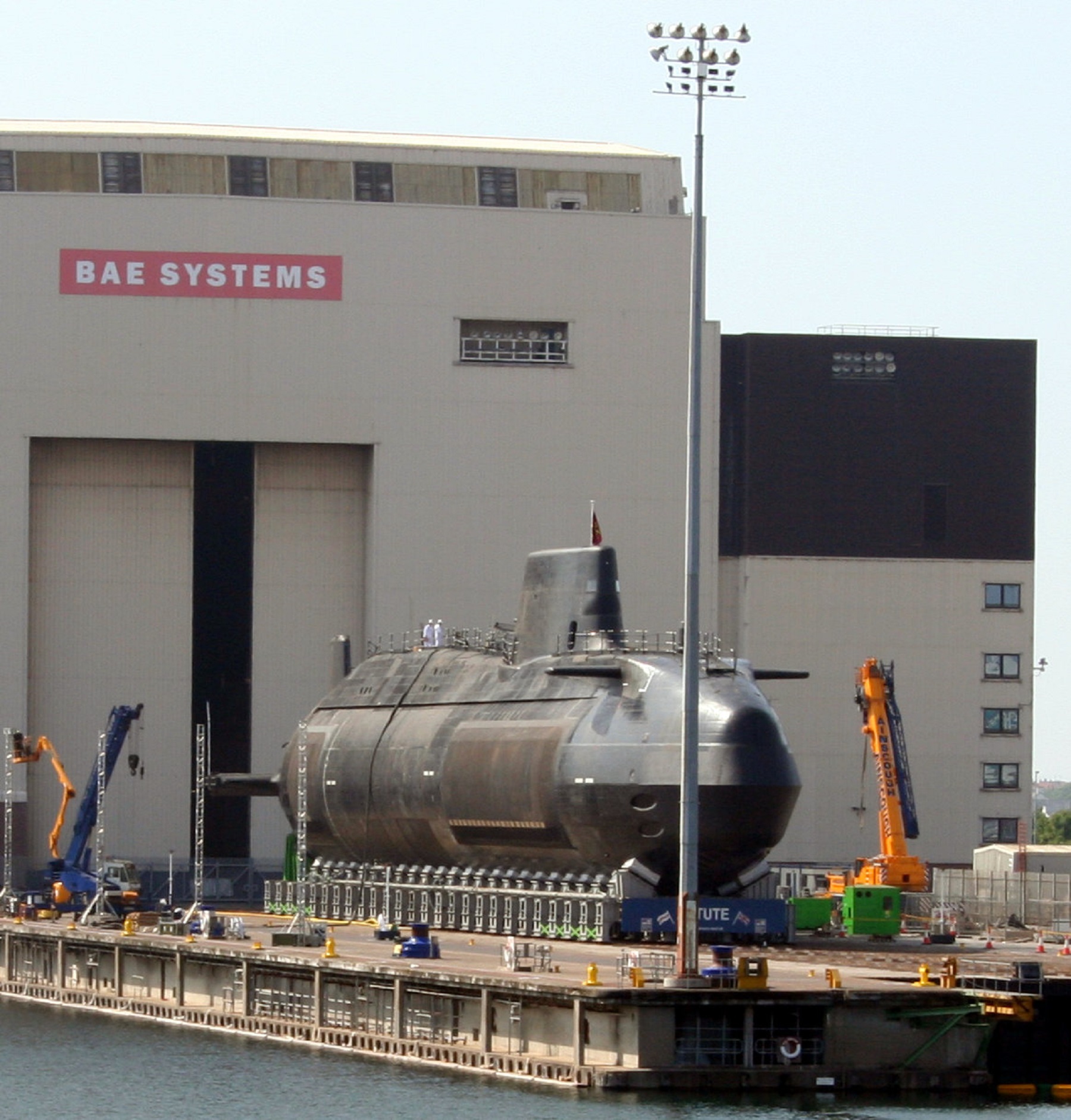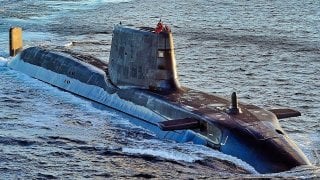Only 1 Nuclear-Powered Submarine Has Sunk an Enemy Vessel (Not America)
During WWII, submarines were highly effective, with German U-boats sinking 14 million tons of shipping and U.S. Navy subs sinking 1,314 enemy warships in the Pacific. Since then, only two wartime submarine sinkings have occurred: the PNS Hangor sinking the INS Khurki in 1971 and the HMS Conqueror sinking the ARA General Belgrano in 1982.
Summary and Key Points You Need to Know: During WWII, submarines were highly effective, with German U-boats sinking 14 million tons of shipping and U.S. Navy subs sinking 1,314 enemy warships in the Pacific. Since then, only two wartime submarine sinkings have occurred: the PNS Hangor sinking the INS Khurki in 1971 and the HMS Conqueror sinking the ARA General Belgrano in 1982.

-The Conqueror, a UK nuclear submarine, tracked and sank the Argentinean cruiser with Mark VIII torpedoes during the Falklands War, leading to 368 casualties.
-The sinking was controversial due to the cruiser being outside the declared exclusion zone, but was justified as a strategic necessity.
HMS Conqueror's Historic Sinking of ARA General Belgrano in the Falklands War
During the two World Wars, submarines sent a lot of tonnage to the bottom of the sea. German U-boats are credited with sinking 14 million tons of shipping, while the United States Navy's submarines were credited with sinking 1,314 enemy warships in the Pacific – or roughly 55% of all Axis power military vessels lost in the war. In addition, the U.S. Navy's subs sank 5.3 million tons of shipping during the War in the Pacific.
Submarines continue to be a serious threat to modern warships, and as The National Interest has previously reported, in numerous drills and exercises conventionally-powered boats have proven quite effective against the U.S. Navy's supercarriers. Fortunately, these were just drills – and we can only speculate on how things would pan out during wartime.
The truth is that since World War II, submarines have only claimed two victims, with the first occurring in December 1971 when the Pakistani Navy submarine PNS Hangor sunk the Indian Navy frigate INS Khurki during the Indo-Pakistani War of 1971. INS Khurki also remains the only post-independence Indian Navy vessel to be lost in wartime.
Also worth noting is that only one nuclear-powered submarine can claim to have sunk an enemy vessel. That would be the UK's Royal Navy's Churchill-class fleet submarine HMS Conqueror, which engaged and sank the Argentinean Navy cruiser General Belgrano during the 1982 Falklands War.
Tracking the General Belgrano
On May 1, 1982, HMS Conqueror's Command Chris Wreford-Brown spotted the Argentinean warship – the former U.S. Navy Brooklyn -class World War II cruiser USS Phoenix (CL-46) – in his sights. HMS Conqueror's nuclear power allowed the boat to track the cruiser for 30 hours, and Wreford-Brown and his crew patiently tracked their prey. After receiving a "sink her" command from London, the nuclear-powered boat fired a salvo of three Mark VIII non-homing torpedoes – considered practically ancient at the time, having been first introduced in the 1940s. Launched from around 1,100 meters (1,303 yards), the age of the design wasn't an issue in the least.
The torpedoes ran straight, cruising through the water at 45 knots. Two struck on a right-angle track. It was a death blow to the equally ancient warship. The cruiser was unable to issue a mayday due to electrical failures, and sank fast, with the loss of 368 lives. A pair of escorting destroyers were unaware of the sinking until hours later, and the British submarine fearing that the destroyers were still a threat to the British convoy heading to the Falklands, departed rather than searching for survivors.
HMS Conqueror – a Conquering Hero?
Almost immediately after the General Belgrano was sunk, questions were raised about whether she was inside or outside of the 322km (300-mile) exclusion zone the British had warned was placed around the contested islands.

It was determined the warship had been out of the zone for some six hours, but the Royal Navy's leadership – as well as Wreford-Brown – argued that the order came from on high. If the cruiser had been allowed to get through, the submariners would have been reprimanded for allowing a threat to British ships to remain.
The matter was made a bit worse as the HMS Conqueror returned to port flying the "Jolly Roger," a customary act of Royal Navy submarines to denote a "kill." The flying of the flag had begun during the First World War after First Sea Lord Sir Arthur Wilson declared submarines to be "underhanded, unfair and damned un-English," while he further threatened to hang any crews as pirates. As We Are Mighty reported, the crew of the HMS E9 embraced that notion, and after becoming the first Royal Navy submarine to sink an enemy warship, the commander had a Jolly Roger flag made and flew it from the periscope.
Wreford-Brown certainly didn't feel the least bit like a pirate for his role in sinking the General Belgrano, as he infamously remarked, "The Royal Navy spent 13 years preparing me for such an occasion. It would have been regarded as extremely dreary if I had fouled it up."
Author Experience and Expertise: Peter Suciu
Peter Suciu is a Michigan-based writer. He has contributed to more than four dozen magazines, newspapers, and websites with over 3,200 published pieces over a twenty-year career in journalism. He regularly writes about military hardware, firearms history, cybersecurity, politics, and international affairs. Peter is also a Contributing Writer for Forbes and Clearance Jobs. You can follow him on Twitter: @PeterSuciu. You can email the author: [email protected].
All images are of modern Royal Navy Nuclear-Powered Attack Submarines of the Astute-Class.


